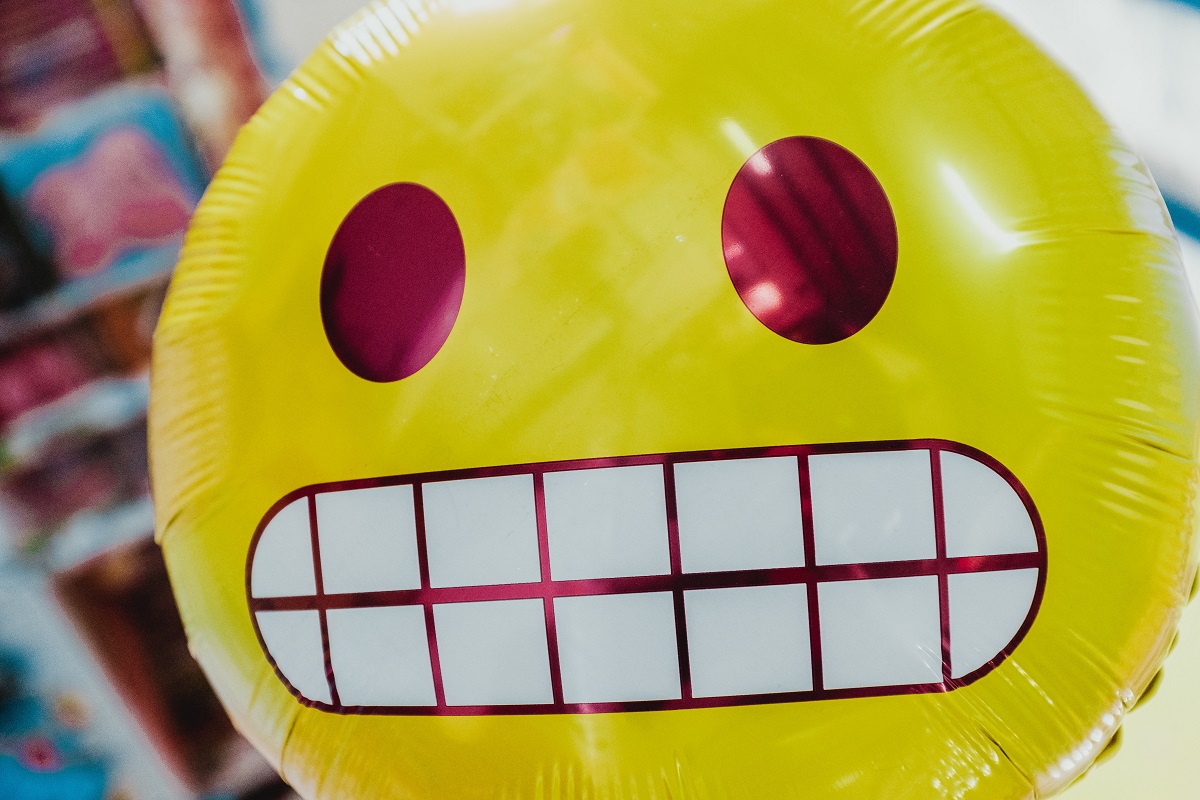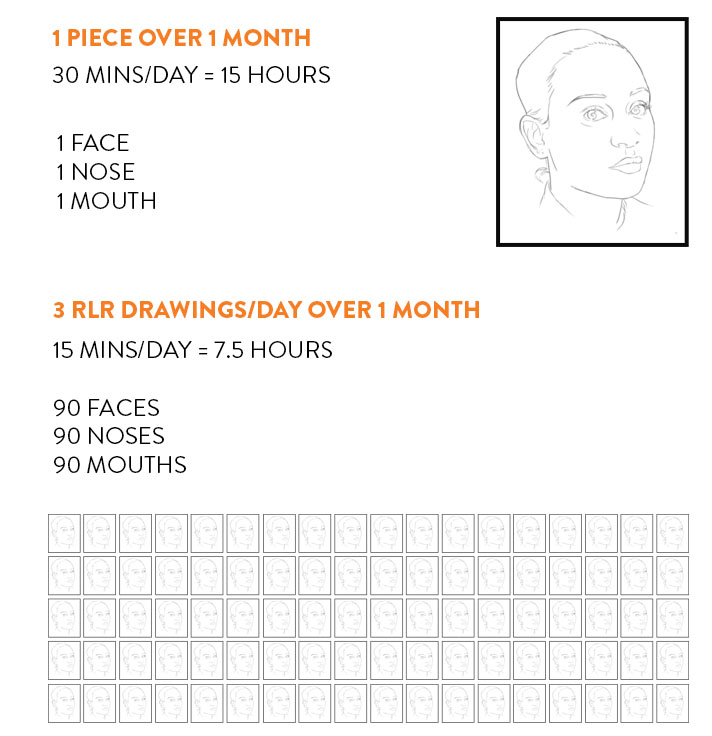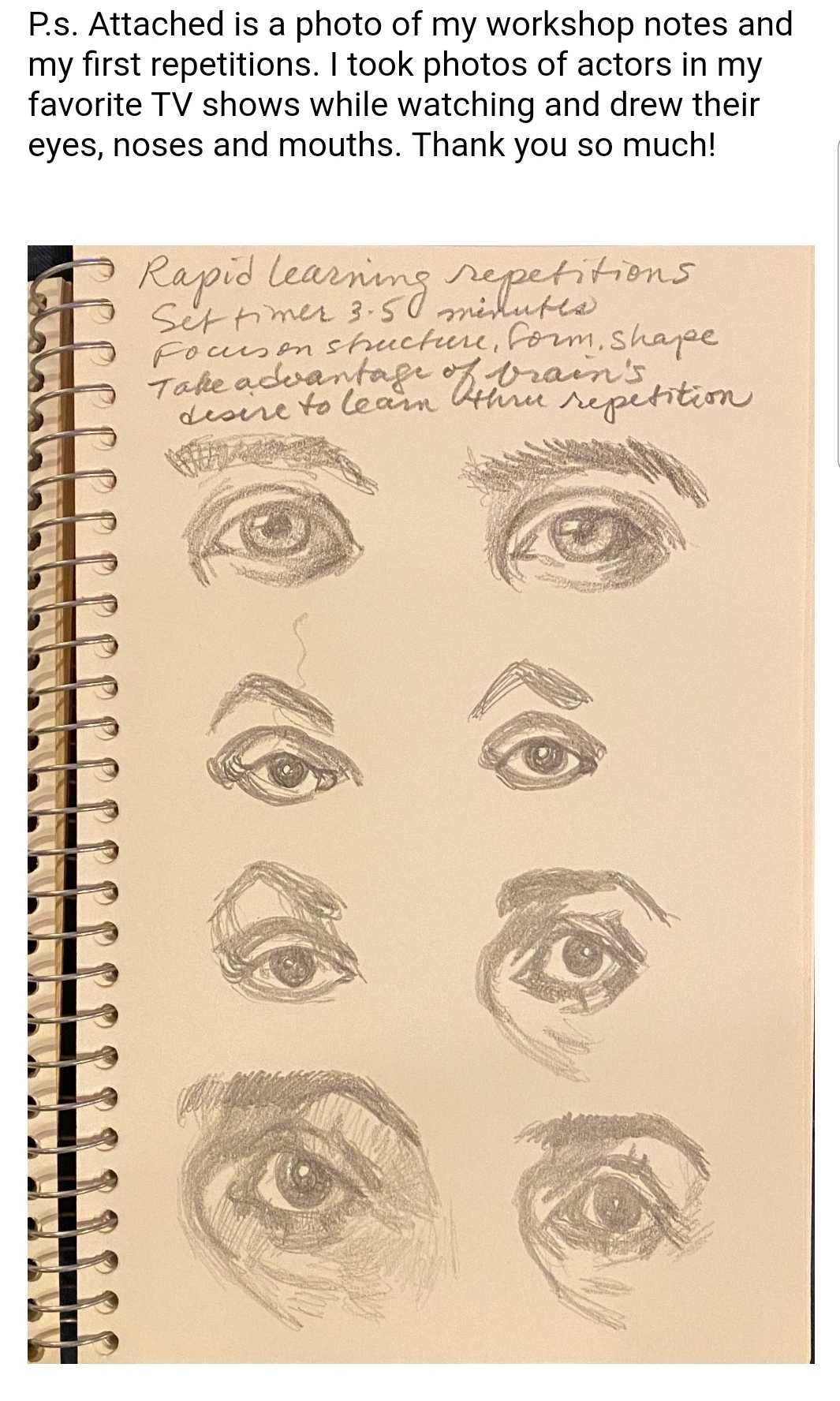PART 4: Ain’t Nobody Got Time For That
Like, really, Susan?
Published on June 16th, 2022.
by Rebecca Tillman-Young
HERE’S WHAT WE KNOW
Part 3 (of 6): [The Old Way Has Got To Go]
- Using the right formula drawing Lifelike Portraits is EASY
- When you set your portrait up for success your portrait has no choice but to look like your subject.
few months ago, I was at an art opening where I was showing a few of my portraits.
At some point during the evening, I met a woman named Susan.
Susan was about 60, with short blonde hair and a large purse that she was clutching protectively to her chest.
She came up to me as I was talking with a few other guests, and stood quietly at the edge of the group.
She fidgeted with her bag and was clearly looking for an opening to ask a question.
This went on for a few minutes. She would take a breath as if about to speak… then someone else would say something and she’d quickly retreat into silence.

Eventually, the people I had been talking to moved on. I turned to Susan, and the dam of silence finally broke.
“How long does it take you to draw a portrait?” she asked suddenly.
I’d hardly started answering before she reached into her bag and pulled out a sketchbook.
She looked up at me sheepishly as though to ask if it was okay to show me what was inside. I nodded and smiled to encourage her.
Susan rifled through the pages, keeping it close to her body as though to shield the contents from anyone’s view.
As she did so she explained that she’d been working on this drawing for almost 6 months now.
She’d spent a few hours most nights, but spent much of that time drawing and redrawing certain features.
At last, she found the page she was looking for and handed it over.
Now, I don’t usually give critiques or art lessons at gallery openings.
But I could see a sort of desperate hope in Susan’s eyes as she handed me her drawing that I just couldn’t ignore. So I decided I’d try to help her.
The drawing she showed me was of a young boy with his teddy bear. I could see where the paper had been worn down by erasing over and over again, and the ghostly marks of lines that had been drawn and erased and redrawn until the page was a mess with them.
“I’d hoped to have it done by now,” Susan rushed to tell me. “I know there’s still so much to do… and still so much wrong with it…” I could tell she was nervous even to show it to me.
“How many hours do you think you’ve spent on this drawing?” I asked her.
She looked thoughtful for a moment and eventually admitted, “Probably over 100 at this point.”

I was shocked.
It’s not unheard of for hyperrealist artists to spend hundreds of hours on a portrait, but Susan wasn’t trying to become a human photocopier.
She just wanted to draw a portrait of her grandson — hopefully before he was old enough to start having her great-grandchildren!
I did my best to give Susan some pointers to help her along. She thanked me and we parted.
A few months later, I was at another art event and I ran into Susan again.
She was carrying the same bag, so I asked her how her portrait had turned out.
“Oh…I never finished it,” Susan answered, looking embarrassed. She explained that she just didn’t have enough time, and it was getting out of hand anyway.
“I’m probably too old to pick up a new skill like this, anyway,” she said with a shrug and a half smile.
The tragic thing is that Susan’s story isn’t unique.
I encounter people all the time who believe they just don’t have the time to learn to draw. They’re too old, or it’s too late, or they’re just too busy.
But, here’s the deal…
While the old way of learning does indeed take years of inefficient, boring exercises to see even the smallest improvement, the truth is that you don’t actually need much time at all to become a skilled portrait artist.
In fact, there’s one single exercise that, once you start using, will cram YEARS worth of practice and improvements into just days.
The trick is just to use what the good Lord gave you.
Do you remember the first time you had to drive to a new job? Or navigate an unfamiliar city?
Especially in the days before GPS was in everyone’s pocket (and extra especially if you’re like me and have no sense of direction AT ALL), it’s easy to feel a little anxious as you figure out the route.
You might take a wrong turn, or get stuck in a snarl of traffic, or caught in a speed trap…
You might decide to leave with an extra half hour to spare, just to be safe, since you don’t really know what might happen between here and there.

But fast forward to a week or two later.
You’ve been making the drive every day. You’ve learned how to avoid the bad traffic, how to miss the wrong turns, and when to tap on your brakes to avoid that radar gun under the bridge.
It’s not scary anymore! You already did the hard part of figuring it out… In fact, you can almost cruise on autopilot at this point.
You can be confident that you’ll get where you’re going with no problems.
Why is that?
Our brains are designed to learn through repetition. The more frequently and more consistently we do something, the better the brain gets at doing it.
We all know this.
It’s where the phrase, “practice makes perfect,” comes from. But what everyone thinks is that the practice has to be boring and take years of slow progress.
That’s just not true.
And that’s why I genuinely believe that if you’re NOT doing this one exercise, you’re making a HUGE mistake in your portrait drawing.
I like to call them Rapid Learning Reps.
Rapid Learning Reps are basically pre-drawing drawings. The idea is that you work quickly (just 3-5 minutes a piece) and repetitively (doing the same quick drawing 3-5 times), to get your brain to shortcut the learning process.
Just like figuring out the route to your new job for the first time, these Rapid Learning Reps are designed to build up the pattern in your brain, to teach it the route, BEFORE you actually start drawing.
Let me illustrate it for you.
Let’s say you’re like Susan. You have about an hour or two a day, and you spend, on average, at least a month on a single drawing.
During that month, you will only draw
– one set of eyes
– one nose
– one mouth
– one head.
And you’ll spend a LOT of that time doing stuff that doesn’t actually help you learn the important stuff at all.
Remember, the brain learns through repetitions.
How many drawings does it take to get better? How many months?
But let’s say you just have 15 minutes a day. In that 15 minutes, you could do 3 Rapid Learning Rep drawings.
At the end of a month, instead of just one drawing, you’ll have drawn 90 (yes, 90!!) faces!

You’ll have gotten to practice the structure of the head 90 times.
You’ll have drawn 90 noses.
You’ll have drawn 180 eyes!
If you want to see it in action, watch this video where I demonstrate and explain a little more about the process:
Using this technique, you can literally cram YEARS worth of practice into a single month.
Imagine where you could be after practicing 90 portraits in such a short time!
When I introduced this exercise to my students, they went WILD with it. From one lesson to the next, I saw a DRAMATIC improvement in their portraits.
Check out what a few of them had to say about it:
Cindy Bale Tanner says, “I loved the rapid learning repetitions. I am doing them every spare moment now.

Debra Jones says, “Wow I love the Rapid Learning Reps… it’s helping me with my confidence as an artist… and I’m seeing a rapid improvement in my art in just minutes”


It’s crazy to me. You can literally see improvements happening on a single page, within just a few minutes.
And here’s what Diana said about how rapid learning reps helped her to see improvement very quickly:
And the thing is, they don’t even have to be good to help you!
Your RLR sketches can be terrible. I mean, truly terrible.
But I promise that after you’ve done them, when you slow down for your final drawing, you’ll be shocked by how much they helped you.
There’s no question that Rapid Learning Reps are the fastest way to see HUGE improvements in your portraits quickly — Especially when you combine them with what we already learned about the structure of the head.
You see, when you focus on the RIGHT things…the right exercises, the right information… the things that ACTUALLY work…
…You can see improvements in your art almost instantly.
You can go from being like Susan, spending months and months slaving over a single piece, frustrated almost to tears, not seeing any real improvement…
…To being able to draw lifelike portraits in just a handful of hours — and ENJOY the process, too!
On the next page, I’ll walk you through the whole process so you can see how you can get started drawing more lifelike portraits in NO TIME AT ALL.
SUBTEXT
- You can see INSTANT improvement in your art with Rapid Learning Reps
- With these new skills it’s possible to draw lifelike portraits in hours… instead of days/months.